This article was co-authored by Alexandra Janelli. Alexandra Janelli is a Certified Hypnotherapist, Anxiety & Stress Management Coach, and owner and founder of Modrn Sanctuary, a holistic health and wellness facility in Philadelphia, Pennsylvania. With over 10 years of experience, Alexandra specializes in helping clients push through their roadblocks to achieve their goals using her hypnotherapeutic approach. Alexandra holds a BS from the University of Miami. She graduated from the Hypnosis Motivation Institute with an Advanced Training Graduate Diploma in Hypnotherapy and Handwriting Analysis. Alexandra is also a Certified Life Coach from the iPEC Coach Training Program. She has worked with Academy Award Nominee Actors, world-renowned photographers, singers, top-level executives, and professionals across many sectors of business. Alexandra has been featured on MTV, Elle Magazine, Oprah Magazine, Men's Fitness, Swell City Guide, Dossier Journal, The New Yorker, and Time Out Chicago.
There are 12 references cited in this article, which can be found at the bottom of the page.
wikiHow marks an article as reader-approved once it receives enough positive feedback. This article has 22 testimonials from our readers, earning it our reader-approved status.
This article has been viewed 408,173 times.
Trypophobia is a relatively new term used to describe a fear of clusters of holes. People who suffer from trypophobia have an irrational fear of clusters of holes that causes them to experience anxiety and other negative effects. The effects can range from mild to severe and different types of holes may trigger the phobia.[1] If you are suffering from trypophobia and it is affecting your daily life, you should seek help from a mental health professional as soon as possible. Keep reading to learn more about how to overcome trypophobia.
Steps
Understanding Your Fear
-
1Understand trypophobia. People who have trypophobia suffer from an irrational fear of clusters of holes. Some examples of triggers include bubbles, lotus flowers, and aerated chocolate.[2] Trypophobes report nausea, trembling, and severe anxiety when confronted with their triggers. Unlike some phobias that may dominate people’s thoughts, trypophobia seems only to affect sufferers when they see holes.[3]
-
2Know that trypophobia may have an evolutionary basis. Although little is known about the origins of trypophobia, some scientists have speculated that the phobia may have an evolutionary basis. Some venomous or poisonous animals have clustered hole patterns on their skin, so the reactions that some people have may be a survival response. For example, the blue-ringed octopus, and several venomous snakes have visual features that may help explain trypophobia.[4]Advertisement
-
3Identify your triggers. It is important you know what types of clusters of holes trigger your anxiety and other negative effects so that you can begin to confront these objects. Make a list of all of the things that seem to set off your trypophobia and how you react to them.[5]
- For example, are you bothered by bubbles or anything resembling bubbles? Do honeycomb patterns bother you or just actual honeycombs? Are you upset by certain animals because of the patterns on their skin? Try to identify as many triggers as possible.
- Try to describe how your triggers make you feel as well. Do you get nauseous? Do you feel anxious? Do you tremble? Identify the specific reactions that you have to your triggers.
- If one type of clustered hole pattern is scarier to you than another, try ranking the items on your list. That way you can start by dealing with the least frightening one on your list and work your way up.
-
4Try to discover the underlying causes of your fear. Some people can trace their trypophobia to an event, which may help you to understand and deal with your fear. Think back to when your trypophobia started. Do you remember when you first discovered that clusters of holes are revolting or frightening to you? Like all phobias, there isn't just one answer. For everyone, it is different. Try to discover what it is that disturbs you, whether it's a bad memory, a bad experience, or just simply disgust.[6]
Dealing with Anxiety
-
1Educate yourself. One way to reduce the anxiety caused by an irrational fear is to learn the truth about the thing that you are afraid of. By educating yourself about the source of your fear, you can demystify it. Learning more about a source of fear is a very effective way to overcome it.[7]
- For example, if you feel anxious when you see a lotus pod, learn more about the lotus and why it develops clusters of holes. What purpose do they serve? Learning about the reason for the clustered holes will help you to confront the source of your fear and perhaps even appreciate the shape for the function it serves.
-
2Confront your fears. While your first reaction to a clustered hole pattern may be to get away from it or shut your eyes and try to think of something else, this will only reinforce your fear. Instead, force yourself to confront the source of your fear and the way it makes you feel.[8] This type of therapy is known as exposure therapy and it is the most effective way to treat a phobia, but it requires repeated exposure. Over time, you should become less sensitive to the things that trigger your anxiety.[9]
- For example, if you come face to face with a cluster of holes that causes you to feel anxious, take a deep breath and then examine your feelings. What does the object make you want to do? How does it make you feel? What is irrational about your feelings?
- Try writing out your response to trigger objects and reframing them as normal thoughts and feelings toward the object. For example, you might record something like, “I feel nauseous and anxious when I see a honeycomb. It make me want to throw up.” Then, recognize that this thought is irrational and rewrite your reaction as it should be if you did not have the phobia. For example, “I feel amazed by the pattern of the honeycomb and I want to eat the honey.”
-
3Practice yoga, meditation, or another relaxation technique. If your anxiety is just too severe to confront the object at first, try using a relaxation technique to reduce your anxiety. Yoga and meditation are great techniques for relaxation, but you might also try progressive muscle relaxation, deep breathing, or simply take a long soothing shower. Find something that works for you and use it to help you deal with anxiety from your triggers.[10]
- Consider taking a yoga or meditation class to learn some basics exercises that you can use a on a daily basis.
-
4Take good care of yourself. Exercise, healthy food, and adequate are all important components of good mental health. Your trypophobia may be taking a toll on you, so it is important to put extra effort into maintaining your health. Regular exercise, a healthy diet, and adequate sleep can also help to keep your anxiety under control. Make sure that you are devoting enough time to meeting your basic needs for exercise, food, and sleep every day.[11]
- Aim for 30 minutes of exercise per day.
- Eat a balanced diet of healthy whole foods like fruit, vegetables, whole grains, and lean proteins.
- Get 7-9 hours of sleep per night.
Getting Help
-
1Determine if you need to seek help from a mental health therapist. If your fear of holes has become so intense that it is interfering with your ability to carry out normal activities and enjoy your life, you should seek the help of a licensed mental health therapist. For example, if you start avoiding certain activities due to your fear, then it is time to get help.[12] Other signs that you may need to seek help include:
- feeling disabled, panicky, or depressed because of your fear
- feeling like your fear is unreasonable
- dealing with the fear for more than 6 months
-
2Understand what you can expect from a mental health therapist. A therapist can help you to better understand your trypophobia and help you find ways to minimize its impact on your life. Keep in mind that dealing with a profound fear takes time and effort. It can take a while before your fears become manageable, but some people see a dramatic improvement in just 8-10 therapy sessions. Some of the strategies that your therapist might use include:[13]
-
Cognitive Behavioral Therapy If you are afraid of holes, you may have certain thought processes that intensify your fear. Cognitive behavioral therapy is a method that therapists use to get you to challenge your thoughts and identify the emotions associated with those thoughts. For example, you may think to yourself, “I can’t go outside because I might see a flower that has holes in it.” Your therapist will challenge you to realize that this thought is unrealistic, perhaps by pointing out that the flower can’t hurt you. Then, you will be challenge to revise the thought so that it is more realistic, such as, “I might see a flower with holes in it if I go outside, but it can’t hurt me. I can always look away if it bothers me.”
- Everything is learned through association. So in the subconscious mind, you might have created an association, for instance, that dogs are painful. Therefore, when you see a dog you react and respond. By reframing that by creating a new association through exposure or repainting a past trauma, you can shift that to have a different outcome.
-
Exposure Therapy If you are afraid of holes, you may start avoiding certain situations, activities, and places that intensify your fear. Exposure therapy will force you to slowly confront that fear head on. In this type of therapy, your therapist will either ask you to imagine that you are in the situation you have been avoiding or they will ask you to actually put yourself into the situation. For example, if you have been avoiding going outside because you are afraid you might see something with holes in it, your therapist may ask you to imagine that you are outside and surrounded by holes. Later, your therapist may challenge you to actually go outside and look at things with holes in them.
- The process of visualization can help you create a new and positive image that can be reached, that can help reframe the past associations and make you overcome fears and phobias.
- Medications If your fear of holes is causing you to have severe anxiety or panic attacks, your therapist may refer you to a psychiatrist who can prescribe medicine that may help you. Keep in mind that the medicines used to treat anxiety associated with fear will only reduce your anxiety temporarily. They will not take care of the root cause.[14]
-
Cognitive Behavioral Therapy If you are afraid of holes, you may have certain thought processes that intensify your fear. Cognitive behavioral therapy is a method that therapists use to get you to challenge your thoughts and identify the emotions associated with those thoughts. For example, you may think to yourself, “I can’t go outside because I might see a flower that has holes in it.” Your therapist will challenge you to realize that this thought is unrealistic, perhaps by pointing out that the flower can’t hurt you. Then, you will be challenge to revise the thought so that it is more realistic, such as, “I might see a flower with holes in it if I go outside, but it can’t hurt me. I can always look away if it bothers me.”
-
3Discuss your fear of holes with someone you trust. It's always good to talk to someone about your fears or anxiety. Try to open up to someone about your fear to start dealing with it. Talk to a family member, a friend, or a counselor about your fear and how it affects you in your daily life.[15]
- Consider joining an online forum if you don’t feel comfortable sharing your fear with any of your family or friends just yet. You may find that others have similar concerns and experiences that may help you to feel less alone. They may also suggest methods that they’ve used for dealing with the stress associated with trypophobia.
Expert Interview
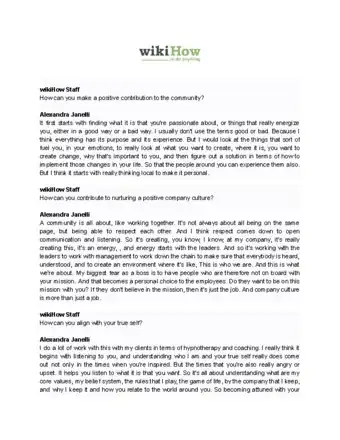
Thanks for reading our article! If you'd like to learn more about overcoming your phobias, check out our in-depth interview with Alexandra Janelli.
References
- ↑ https://www.frontiersin.org/articles/10.3389/fpsyt.2018.00015/full
- ↑ http://www.psychologicalscience.org/index.php/news/releases/fear-of-holes-may-stem-from-evolutionary-survival-response.html
- ↑ https://www.psychologicalscience.org/index.php/news/were-only-human/into-the-hole-terror-and-survival.html
- ↑ http://www.psychologicalscience.org/index.php/news/releases/fear-of-holes-may-stem-from-evolutionary-survival-response.html
- ↑ https://my.clevelandclinic.org/health/diseases/21834-trypophobia
- ↑ https://www.ncbi.nlm.nih.gov/pmc/articles/PMC5811467/
- ↑ https://www.mentalhealth.org.uk/publications/overcome-fear-anxiety
- ↑ http://psychcentral.com/lib/top-10-lesser-known-self-help-strategies-for-anxiety/
- ↑ http://www.helpguide.org/articles/anxiety/phobias-and-fears.htm
- ↑ https://www.health.harvard.edu/mind-and-mood/six-relaxation-techniques-to-reduce-stress
- ↑ http://www.adaa.org/tips-manage-anxiety-and-stress
- ↑ http://www.helpguide.org/articles/anxiety/phobias-and-fears.htm
- ↑ https://www.helpguide.org/articles/anxiety/phobias-and-irrational-fears.htm
- ↑ http://www.helpguide.org/articles/anxiety/anxiety-medication.htm
- ↑ http://www.adaa.org/tips-manage-anxiety-and-stress
About This Article
To overcome trypophobia, try to reduce your anxiety by meditating, doing some yoga, or simply taking a hot shower. If you feel up to it, you can try exposure therapy by looking at images that make you uncomfortable for as long as you can stand. Additionally, you can write down your thoughts and feelings about the images to help you understand the effects of your phobia. It might also help to talk to a friend or family member about your fear, since talking about something can help reduce its impact. For more tips from our Counselor co-author, including how to seek help from a mental health therapist, read on!
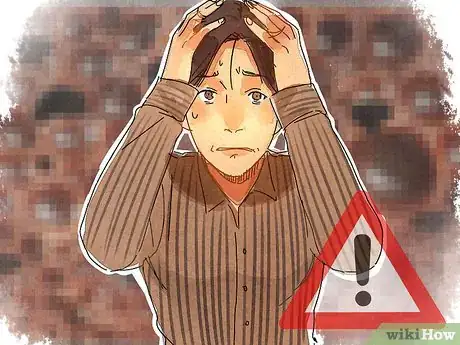
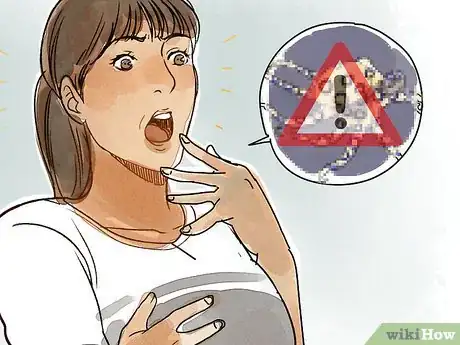

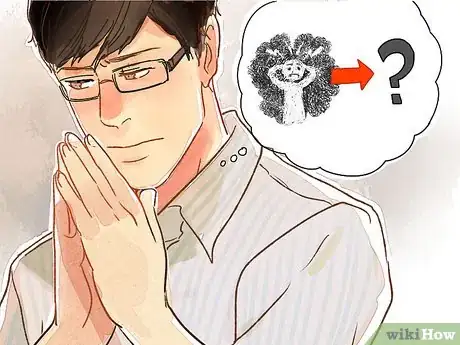
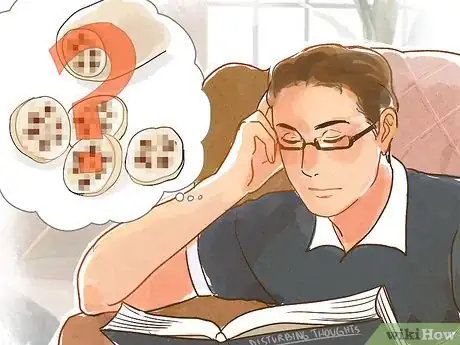
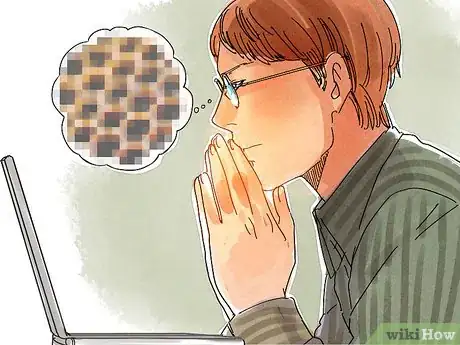
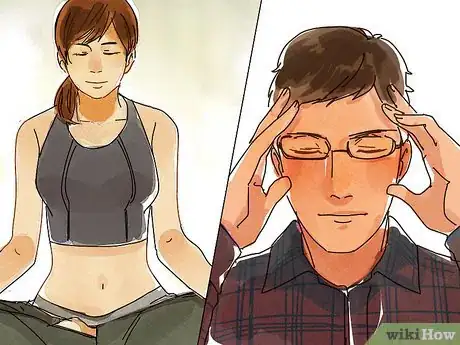
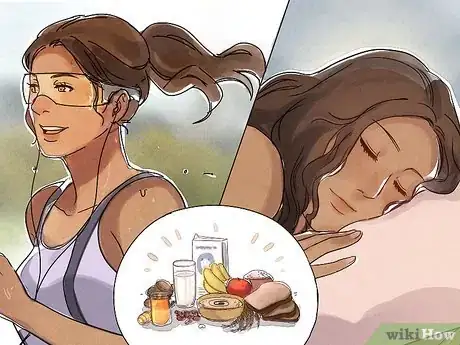
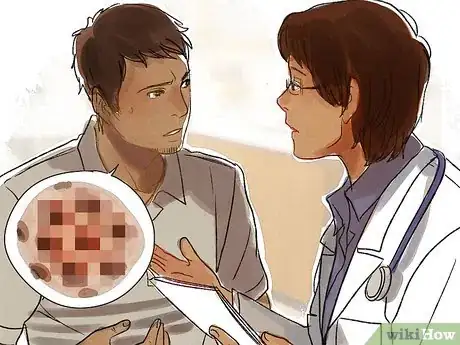

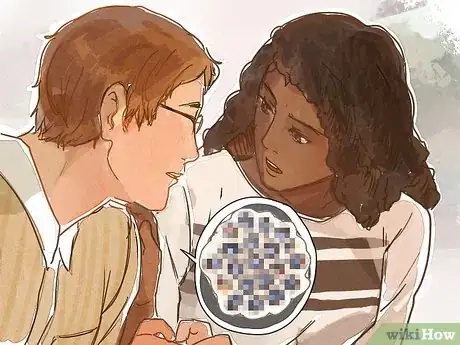
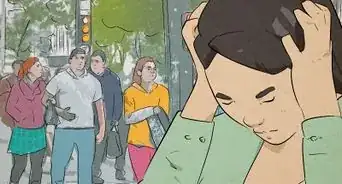
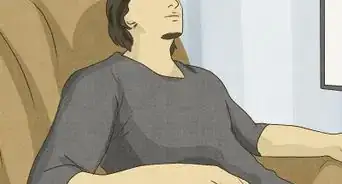


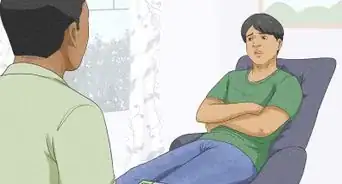
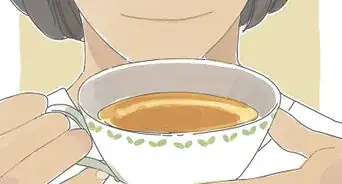

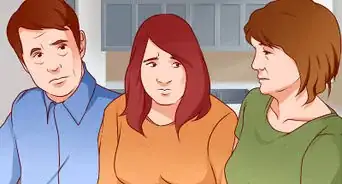
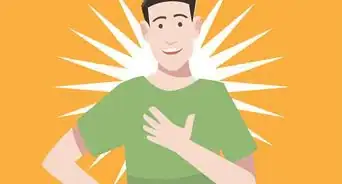

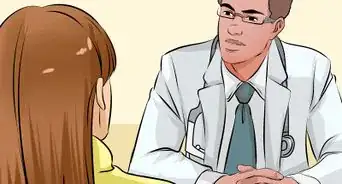













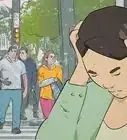

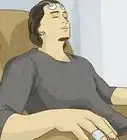




































Medical Disclaimer
The content of this article is not intended to be a substitute for professional medical advice, examination, diagnosis, or treatment. You should always contact your doctor or other qualified healthcare professional before starting, changing, or stopping any kind of health treatment.
Read More...